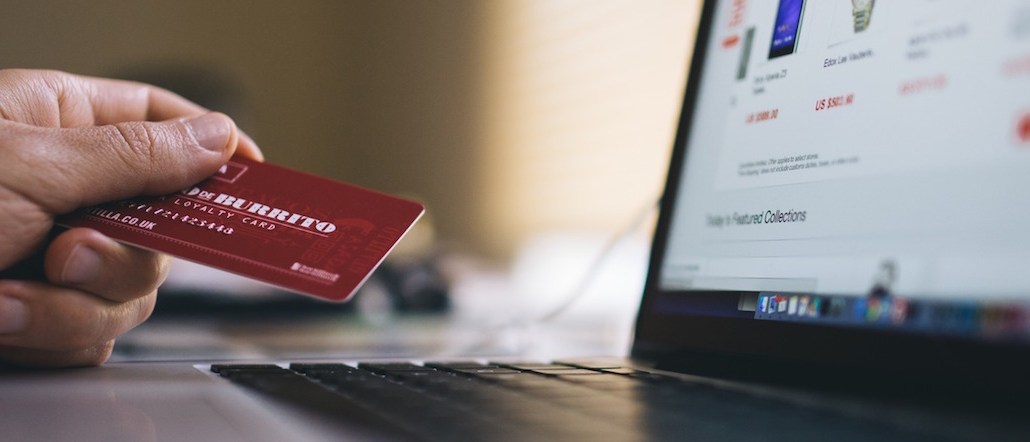Save 50% on a 3-month Digiday+ membership. Ends Dec 5.

Just because an ad product makes a lot of sense, it doesn’t mean it won’t fail.
Twitter squashed its buy button this week. Facebook had previously killed its own buy button and Instagram and Pinterest have struggled with theirs as well. Sources told Digiday that buy buttons have struggled on social platforms because transactions have been clunky, inventory has been mismanaged and consumer intent was never properly understood.
“Users don’t buy on social networks currently,” said Forrester analyst Jessica Liu. “Users are much more likely to discover and explore brands, products and services on social media than they are to buy.”
Given the ecommerce success of companies like Amazon and the high levels of reach and engagement found on social platforms, marketers were bullish on the potential of buy buttons when they began to roll out a few years ago. But as time passed and more platforms adopted tried them out, they’ve never fully caught on.
In a survey from email marketing platform Campaigner released last month, 72 percent of marketers reported that they had experienced no sales as a result of buy button. And 40 percent of marketers reported that they planned to reduce their buy button usage this year.
EMarketer analyst Krista Garcia said that buy buttons still appeal to a small group of users. In some surveys, many people report that they are unsure where social buy buttons are placed and some people are unaware they exist.
“I think it gets a little lost in the scroll,” she said. “There is this idea that there is a pent up demand. But it hasn’t happened yet.”
Ad position: web_incontent_pos1
Reps from agencies Wondersauce and Huge said that part of the reason why adoption of buy buttons has been slow is because the transactions that occur through them aren’t seamless like they are on ecommerce websites. Even marketers optimistic about the potential of platform buy buttons, like Movement Strategy co-founder Jason Mitchell, noted that the platforms have a hill to climb in getting users accustomed to transacting directly on the platform.
“Amazon is successful because they actually deliver on the promise of saving time through innovation,” said Charlie Fiordalis, chief digital officer at Media Storm. “Social buy buttons have an unknown buying process. I can imagine people hovering over the button and thinking ‘great targeting, definitely need this, but how long will it take to go through the checkout process.’”
Justin Benson, CEO of payments platform Spreedly, said that inadequate inventory management and a misunderstanding of consumer intent have plagued buy buttons. Because online shoppers tend to visit a page several times before purchasing, a “‘spontaneous buy’ assumption was probably a critical error to begin with,” he said.
“Consumers on Twitter – and social overall – are not in ‘shop mode,’ but rather ‘research mode,” said Andy Amendola, director of digital strategy at The Community. “Although most millennials have become instant gratification-prone for some things, they are not ready to push that buy button just yet.”
More in Marketing

Ulta, Best Buy and Adidas dominate AI holiday shopping mentions
The brands that are seeing the biggest boost from this shift in consumer behavior are some of the biggest retailers.

U.K. retailer Boots leads brand efforts to invest in ad creative’s data layer
For media dollars to make an impact, brands need ad creative that actually hits. More CMOs are investing in pre- and post-flight measurement.

‘AI is permeating everything we do’: How Guitar Center developed 2 AI tools this year
This summer, the company launched a chatbot called Rig Advisor to help customers find the right instruments and products.
Ad position: web_bfu







